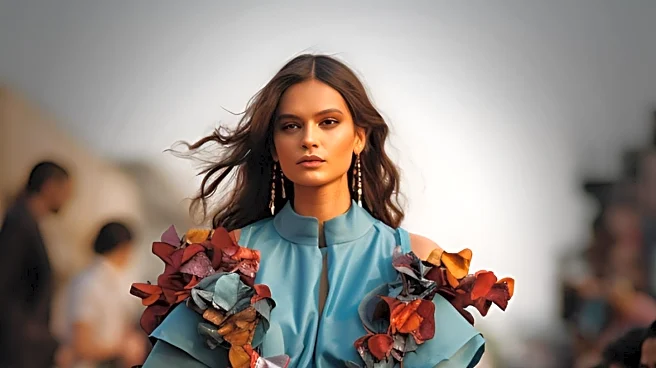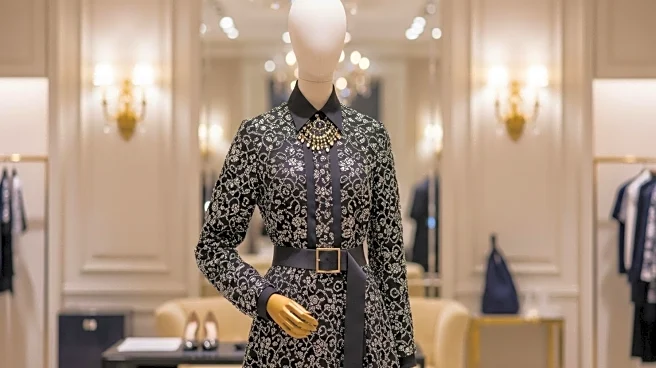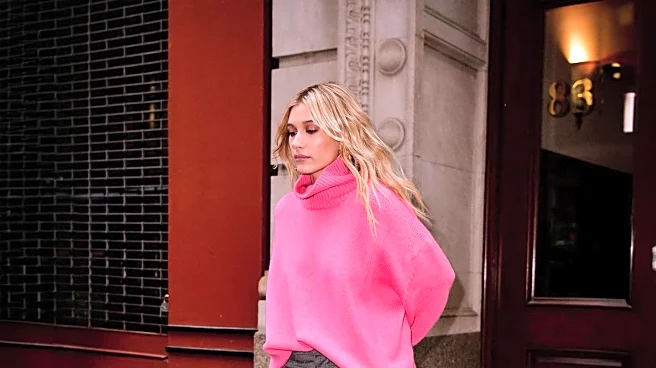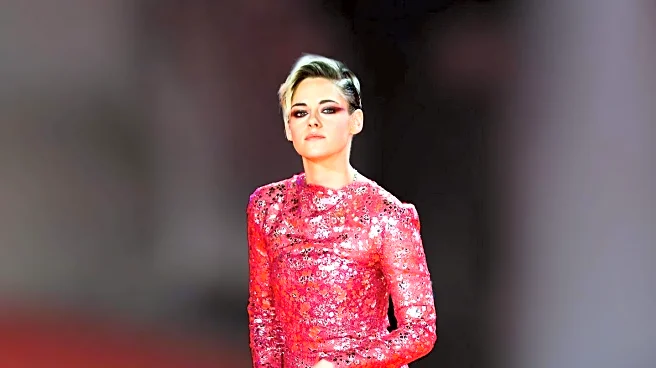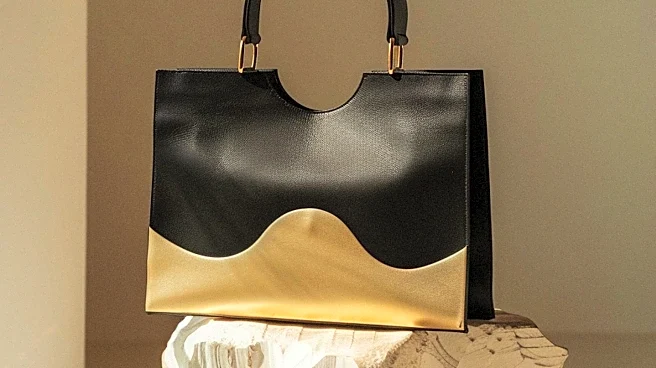What's Happening?
As New York Fashion Week approaches, a retrospective look at street style from the spring 2016 season reveals notable changes over the past decade. The fashion scene has evolved, with combat boots giving way to sneakers, reflecting broader shifts in style preferences. Iconic figures like Lily Aldridge and Tavi Gevinson were prominent in street style photography, captured by Phil Oh. The retrospective highlights the cyclical nature of fashion trends, emphasizing how styles from the past often resurface in new forms.
Why It's Important?
The evolution of street style at New York Fashion Week offers insights into broader fashion industry trends and consumer preferences. It underscores the dynamic nature of fashion, where past styles are continually reimagined and integrated into contemporary looks. This retrospective serves as a reminder of the industry's adaptability and the influence of cultural icons in shaping fashion narratives. The changes in street style also reflect societal shifts, such as increased emphasis on comfort and practicality in fashion choices.
What's Next?
As the spring 2026 season approaches, fashion enthusiasts and industry professionals anticipate new trends and styles that will emerge during New York Fashion Week. The retrospective suggests a continued blending of past and present styles, with designers and influencers drawing inspiration from previous decades. The upcoming season may see further innovations in street style, influenced by global cultural movements and technological advancements in fashion design.
Beyond the Headlines
The retrospective invites reflection on the cultural significance of street style as a form of self-expression and identity. It highlights the role of fashion in capturing societal moods and trends, serving as a visual narrative of cultural evolution. The cyclical nature of fashion trends suggests deeper connections between past and present, offering opportunities for creative reinterpretation and innovation.



